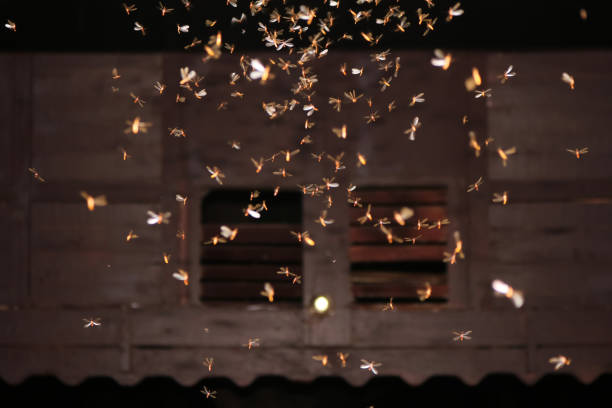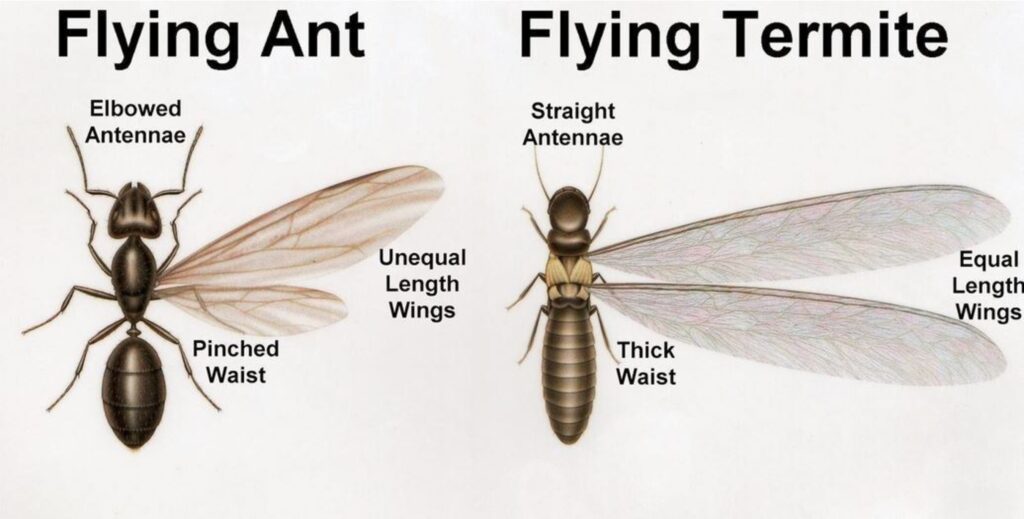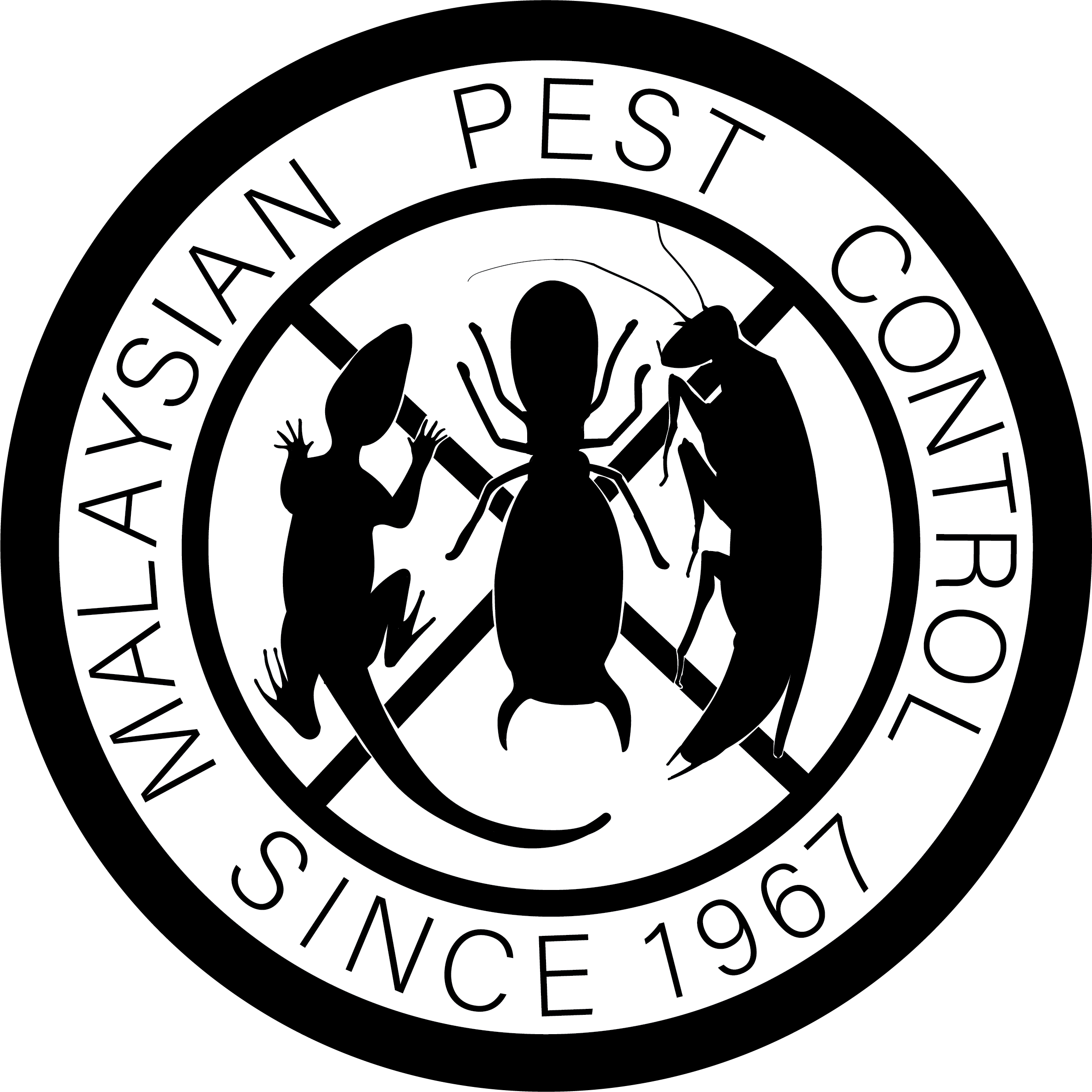Flying Ants vs Termites
Introduction

Seeing flying insects swarming your house light and wonder what are they? The chinese used to call them as “water ants”. Most likely what you are looking at would be flying ants or termites (these are swarmers or alates)
flying ants and termites is crucial, yet challenging, given their similar appearances during their respective swarming seasons. For homeowners, the stakes are high; these insects are not only a nuisance but can also cause significant structural damage to buildings. Misidentification can lead to ineffective pest control strategies, potentially costing time, money, and the integrity of your home. Understanding the differences between these pests is the first step in effective pest management.
Physical Differences

Body Shape: One of the most noticeable and easiest to identify differences between flying ants and termites lies in their body shapes. Termites have a thick, straight waist, giving them a more uniform body outline. In contrast, flying ants possess a distinctly pinched waist, which clearly separates their thorax and abdomen, giving them an hourglass figure.
Antenna Shape: The antennae of these insects also serve as a key identifying feature. Termites have relatively straight antennae that appear bead-like. Flying ants, on the other hand, have elbowed antennae that bend at an almost right angle, which can be easily seen when viewed up close.
Wing Size: Both flying ants and termites have two pairs of wings, but the similarities end there. A termite’s wings are uniformly sized, and they often appear twice as long as their body. Flying ants display a significant difference in wing length; their front wings are noticeably larger than their hind wings, and when at rest, the wings do not lie flat but are angled away from the body.
Pest Status
The presence of either flying ants or termites around a home can elicit concern, but the implications of an infestation can be vastly different.
Termites: Known as silent destroyers, termites can cause extensive damage to wooden structures, often unnoticed until it is too late. Subterranean termites, the most destructive type, create mud tubes for moisture while they eat away at wood, which can compromise the structural integrity of buildings. Annual termite damage to buildings costs billions of dollars worldwide, highlighting the importance of early identification and intervention.
Flying Ants: While less destructive than termites, flying ants are not entirely harmless. They can invade homes in large numbers, especially during mating season, and can be particularly bothersome if they establish nests within the house. However, unlike termites, flying ants do not eat wood and therefore do not pose the same level of threat to the structure of buildings. Their presence is more of a nuisance than a peril, but it can signal larger ant issues in the area.



